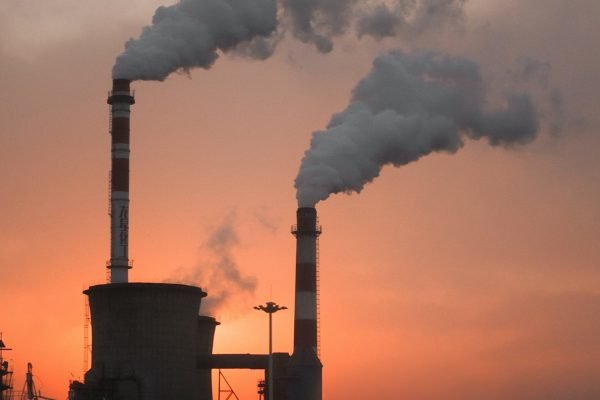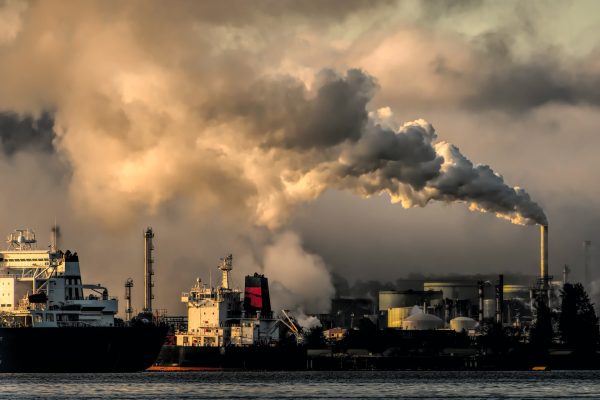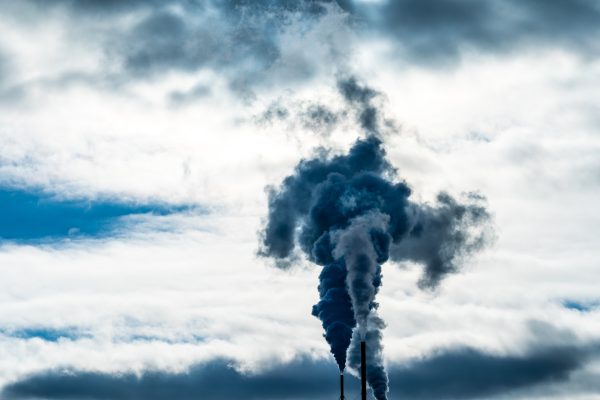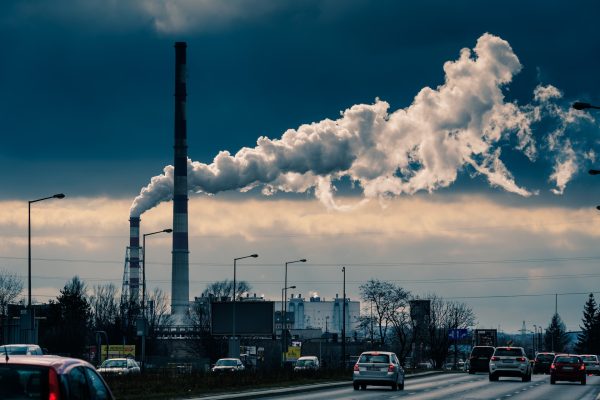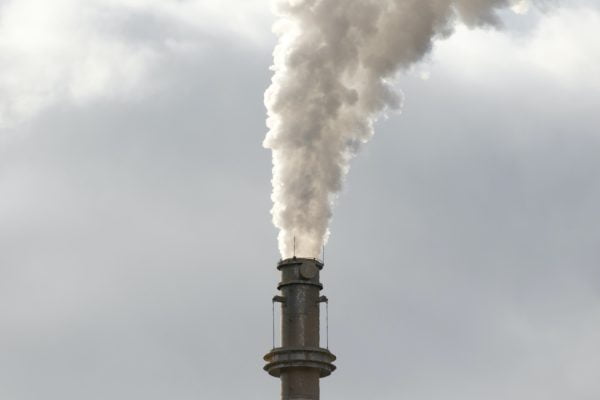Explore Air Pollution
The Boredom-Free Zone
EVERYTHING YOU NEED TO KNOW ABOUT THE TYPES OF AIR POLLUTION
Detailed exploration of various air pollutants, their characteristics, and sources.
08
Jan
Sulfur Dioxide (SO2)
Introduction to Sulfur Dioxide
Sulfur dioxide (SO2) is a colorless gas with a sharp, burning s...
08
Jan
Nitrous Oxide (N2O)
Introduction to Nitrous Oxide
Nitrous Oxide (N2O), commonly known as 'laughing gas', is a gree...
08
Jan
Ozone (O3)
Introduction to Ozone
Ozone, a molecule composed of three oxygen atoms, is a significant compo...
12
Jan
PM2.5 - Fine Particles
Introduction to PM2.5
Particulate Matter 2.5 (PM2.5) refers to fine particles with a diameter ...
08
Jan
Greenhouse Gases (GHGs)
Introduction to Greenhouse Gases
Greenhouse gases (GHGs) play a crucial role in Earth's climat...
08
Jan
Nitrogen Oxides (NOx)
Introduction to Nitrogen Oxides
Nitrogen oxides (NOx) are a group of highly reactive gases tha...
13
Jan
Industrial Smog
Introduction to Industrial Smog
Industrial smog, often associated with the industrial revoluti...
08
Jan
Carbon Monoxide (CO)
Introduction to Carbon Monoxide
Carbon Monoxide (CO) is a colorless, odorless gas that is a si...
12
Jan
Stratospheric Ozone
Introduction to Stratospheric Ozone
Stratospheric ozone, located in the Earth's upper atmosphe...
08
Jan
Particulate Matter (PM)
Introduction to Particulate Matter
Particulate matter (PM) is a complex mixture of extremely s...
12
Jan
PM10 - Coarse Particles
Introduction to PM10
PM10 refers to particulate matter with a diameter of 10 micrometers or sm...
08
Jan
Carbon Dioxide (CO2)
Introduction to Carbon Dioxide
Carbon Dioxide (CO2) is a naturally occurring gas and a fundame...
Network Monitoring Stations
EVERYTHING YOU NEED TO KNOW ABOUT NETWORK MONITORING STATIONS
Exploring the function and importance of network monitoring stations in tracking air quality.
12
Jan
PM2.5 - Fine Particles
Introduction to PM2.5
Particulate Matter 2.5 (PM2.5) refers to fine particles with a diameter ...
08
Jan
Smog
Introduction to Smog
Smog, a type of intense air pollution, is a pressing environmental challe...
08
Jan
Volatile Organic Compounds (VOCs)
Introduction to Volatile Organic Compounds
Volatile Organic Compounds (VOCs) are a group of ch...
12
Jan
Stratospheric Ozone
Introduction to Stratospheric Ozone
Stratospheric ozone, located in the Earth's upper atmosphe...
08
Jan
Carbon Monoxide (CO)
Introduction to Carbon Monoxide
Carbon Monoxide (CO) is a colorless, odorless gas that is a si...
08
Jan
Particulate Matter (PM)
Introduction to Particulate Matter
Particulate matter (PM) is a complex mixture of extremely s...
08
Jan
Fluorinated Gases
Introduction to Fluorinated Gases
Fluorinated gases, often referred to as F-gases, are a group...
13
Jan
Industrial Smog
Introduction to Industrial Smog
Industrial smog, often associated with the industrial revoluti...
08
Jan
Methane (CH4)
Introduction to Methane
Methane (CH4) is a powerful greenhouse gas that plays a significant ro...
08
Jan
Types of Air Pollution
Introduction to Air Pollution Types
Air pollution, a critical environmental issue, is the pres...
08
Jan
Carbon Dioxide (CO2)
Introduction to Carbon Dioxide
Carbon Dioxide (CO2) is a naturally occurring gas and a fundame...
08
Jan
Nitrogen Oxides (NOx)
Introduction to Nitrogen Oxides
Nitrogen oxides (NOx) are a group of highly reactive gases tha...


